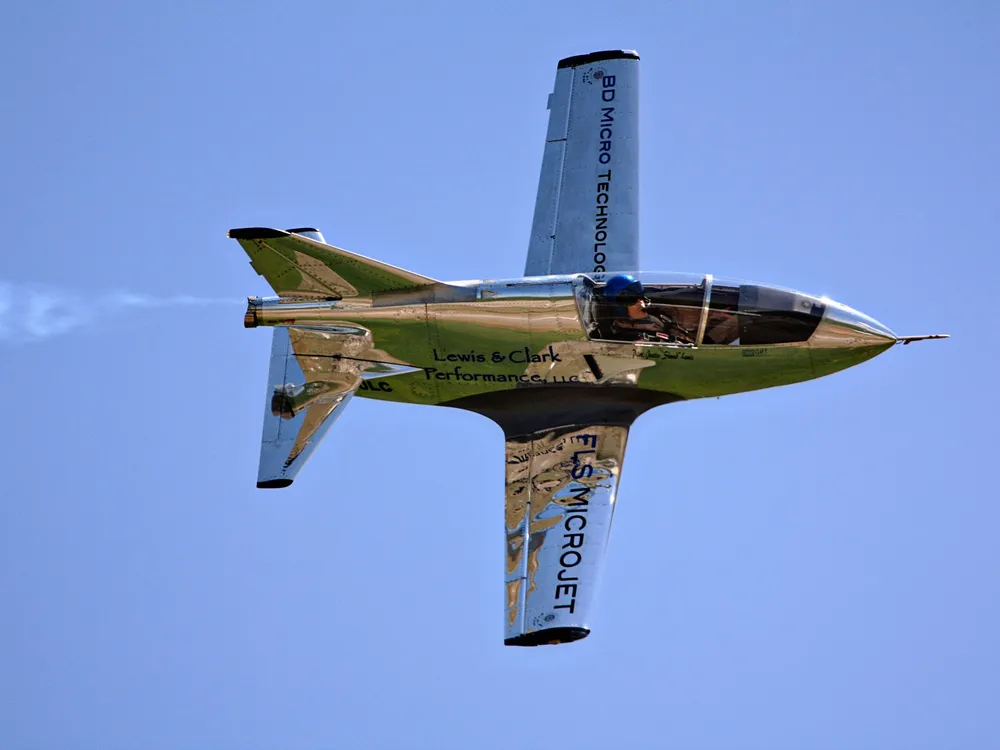
Private jets offer luxury and convenience, but many wonder about the cost of owning one. A typical price for a used private jet ranges from $2 million to $20 million, depending on its size, age, and features. For those considering a new jet, prices can start at around $3 million and go well beyond $100 million for top-tier models.
Along with the purchase price, it’s important to think about ongoing expenses, which can include maintenance, fuel, and insurance. These costs add up and can influence the overall budget for owning a private jet. Understanding the full financial picture helps potential buyers make informed decisions.
Exploring the market and knowing what to expect can lead to better choices. With the right information, buyers can navigate the options and find a jet that meets their needs and budget.
Determining the Cost Factors
When considering the price of a private jet, several important factors come into play. Each element affects the overall cost and helps buyers understand what they are investing in.
Aircraft Age and Condition
The age of the aircraft is a significant cost factor. Older jets often cost less, but they may require more maintenance. Newer jets typically come at a higher price tag, but they are likely in better condition and have fewer issues.
Condition also plays a crucial role. A well-maintained older jet may be a better investment than a poorly maintained newer one. Buyers should closely inspect and review the maintenance history.
They can assess:
- Airframe Hours: Total number of hours flown.
- Inspection Status: Date of last major maintenance.
- Interior Condition: Wear and tear of cabin and equipment.
Aircraft Size and Capacity
The size and seating capacity of a private jet directly influence its cost. Larger jets that can accommodate more passengers typically come with a higher purchase price.
For example, a light jet can seat 4-8 passengers, while a heavy jet can seat 12-20 or more. The more space a jet provides, the higher the cost.
Buyers also need to consider:
- Cabin Comfort: Amenities available, such as a galley or lavatory.
- Baggage Capacity: Storage space for luggage and cargo.
Range and Performance
Range refers to how far a jet can fly without refueling. Longer-range jets are generally more expensive. They can fly non-stop on transcontinental routes, which adds to their value.
Performance includes speed and climb rate. Jets that can fly faster or ascend quickly may come at a premium.
Buyers should look at:
- Maximum Range: Distance the jet can travel.
- Cruising Speed: Speed during flight.
- Climb Rate: How quickly the jet can ascend.
Operating Costs
Operating costs are ongoing expenses that include fuel, insurance, and crew salaries. These costs vary depending on the jet type and use.
For instance, larger jets consume more fuel and require more crew members, raising the expenses.
Potential owners need to be aware of:
- Fuel Consumption: Gallons of fuel used per hour.
- Insurance Rates: Monthly or annual costs.
- Crewing Needs: Type and number of crew required.
Maintenance and Upkeep
Maintenance and upkeep costs are important to factor in over time. Regular maintenance is necessary to keep an aircraft in good flying condition.
Older jets often need more frequent repairs, increasing the overall expenses. New jets, while initially more expensive, might have lower maintenance costs.
Key considerations include:
- Scheduled Maintenance: Routine inspections and service.
- Unscheduled Repairs: Unexpected fixes that arise.
- Parts Availability: How easy it is to find replacement parts.
Market Value and Depreciation
Market value reflects the price a buyer is willing to pay based on market conditions. Depreciation is the decline in value over time.
Private jets typically depreciate faster in the first few years. Buyers should research current market trends to determine fair value.
Considerations include:
- Comparable Sales: Prices of similar jets recently sold.
- Market Conditions: Demand and supply in the private jet market.
- Age and Condition: How these factors influence resale value.
Types of Private Jets for Sale
Private jets come in various types to meet different needs and budgets. Understanding the categories helps buyers make informed decisions based on range, capacity, and features.
Light Jets
Light jets are ideal for short trips and small groups. They typically seat 4 to 8 passengers and have a range of about 1,500 to 2,500 miles.
Common light jets include the Cessna Citation Mustang and Embraer Phenom 100.
These jets are fuel-efficient and cost-effective, making them a popular choice for business travel.
Light jets are known for quick takeoffs and landings on smaller airports. They usually have a cabin height between 4.5 and 5.5 feet.
Mid-size Jets
Mid-size jets cater to groups of 6 to 9 passengers and can fly longer distances, typically ranging from 2,500 to 3,500 miles.
Popular models include the Bombardier Challenger 300 and Hawker 800XP.
They offer more comfort and space compared to light jets, with better seating and amenities.
Mid-size jets often have a standing cabin height and more baggage capacity, making them suitable for longer trips.
They balance performance, range, and cost well.
Heavy Jets
Heavy jets serve larger groups, accommodating 10 to 20 passengers comfortably. They have a range of over 3,500 miles, making them suitable for transcontinental flights.
Examples of heavy jets include the Gulfstream G650 and Bombardier Global 6000.
These jets offer luxurious interiors, spacious cabins, and many high-end features.
Heavy jets often include private bedrooms, full galleys, and advanced entertainment systems.
They are ideal for corporate travel or family vacations, ensuring maximum comfort and convenience.
Turboprops
Turboprops are a unique category that blends features of jets and piston aircraft. They typically seat 6 to 50 passengers and are best for shorter flights, usually under 1,500 miles.
Popular turboprops include the Pilatus PC-12 and Beechcraft King Air.
These aircraft are more economical for short distances and offer versatility by landing on shorter runways.
Turboprops are known for their efficiency and lower operating costs.
They feature cabin layouts that can include flexible seating arrangements, suitable for both business and leisure travel.

Leave a Reply